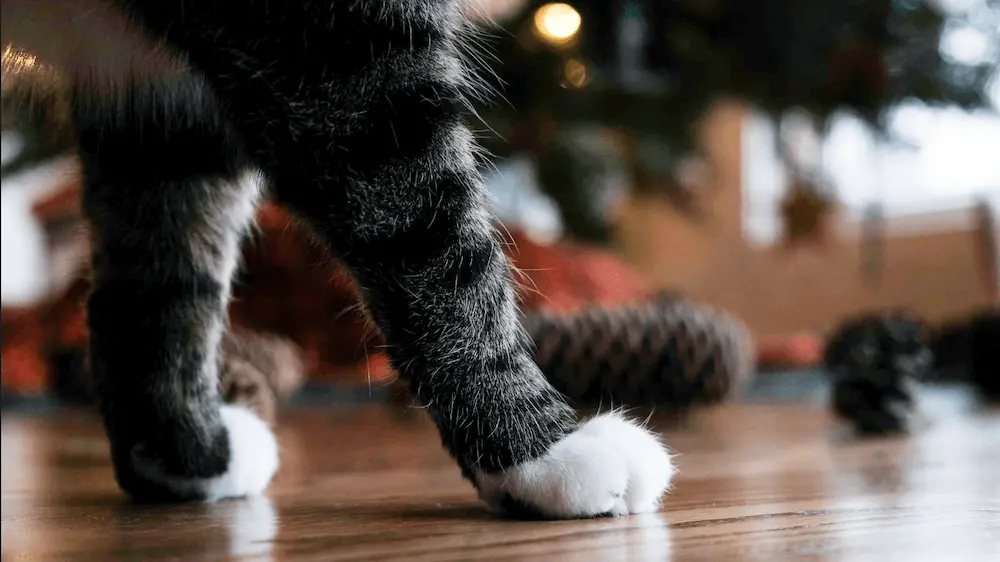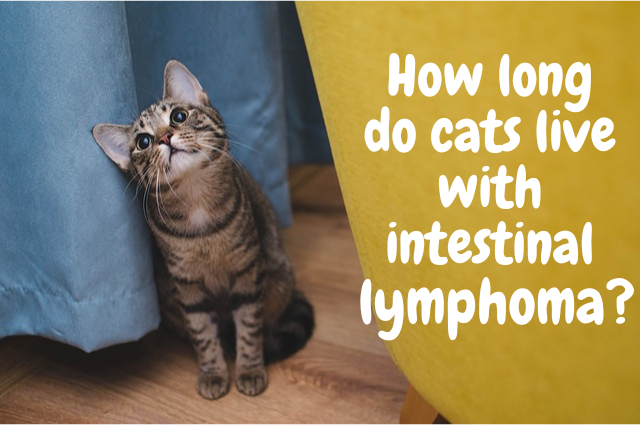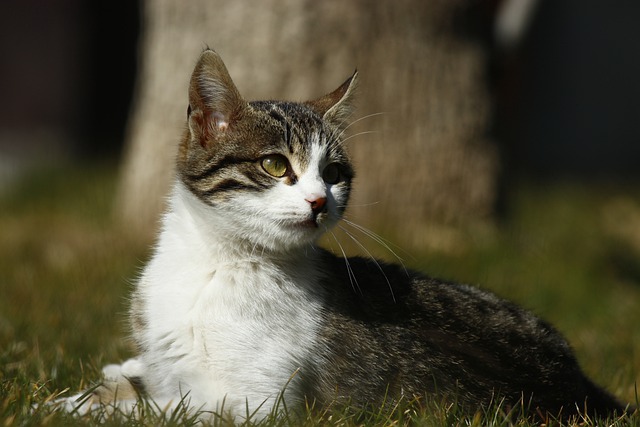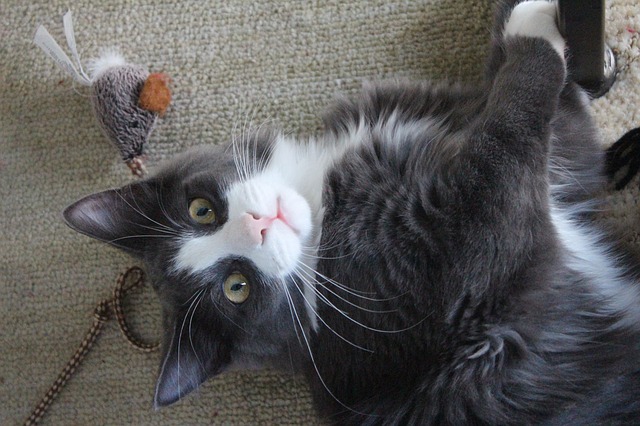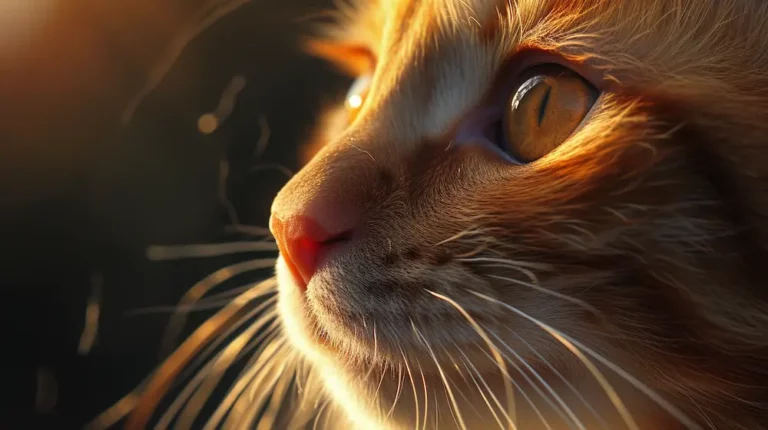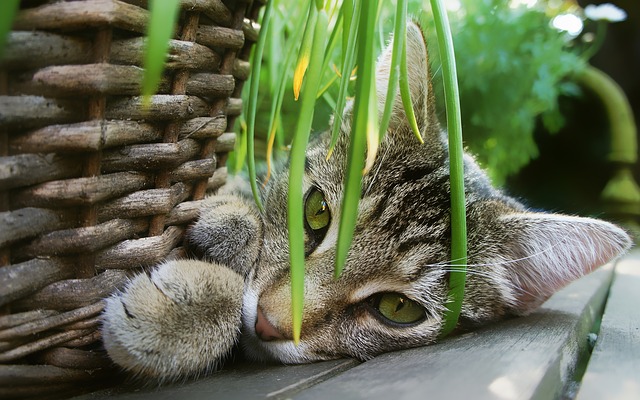How To Prevent Cat Paw Hyperkeratosis: Essential Care & Tips
Hyperkeratosis, or as some call it, “horned paws,” is when a
It sounds like something out of a fantasy novel, doesn’t it? But for some cats, it’s a reality that can lead to discomfort or even pain.
Let’s jump into what hyperkeratosis is and how it impacts our beloved cats.
What is Hyperkeratosis?
Hyperkeratosis refers to a condition where there’s an overproduction of keratin, leading to the thickening of a
Keratin, while essential for protecting skin layers, can become problematic when produced in excess.
The result is something akin to horn-like growths on the paw pads that resemble rough, hard crusts or, bizarrely, “hairy” feet.
It’s a sight that can be both fascinating and, admittedly, a bit eerie.
Digging deeper, I found out that hyperkeratosis can have various triggers. Genetics plays a significant role, with some breeds more likely to develop this condition than others.
Age also factors in; older cats often have a higher risk of hyperkeratosis.
Diseases such as Canine Distemper and Leishmaniasis, although more commonly associated with dogs, can hint at similar health issues leading to hyperkeratosis in cats.
Besides, conditions like Pemphigus Foliaceus and Zinc Deficiency can also lead to the development of hyperkeratosis.
Causes of Hyperkeratosis
When I first noticed my
That’s when I stumbled upon hyperkeratosis, a condition that seemed alien to me at the time.
Digging into the causes, I found that genetics plays a significant role. Some breeds are naturally predisposed to hyperkeratosis, meaning they’re more likely to develop thick, horn-like growths on their paws.
It was a relief to know it wasn’t necessarily something I’d done wrong but rather something written in my
Age is another contributing factor. Older cats are more susceptible to developing hyperkeratosis.
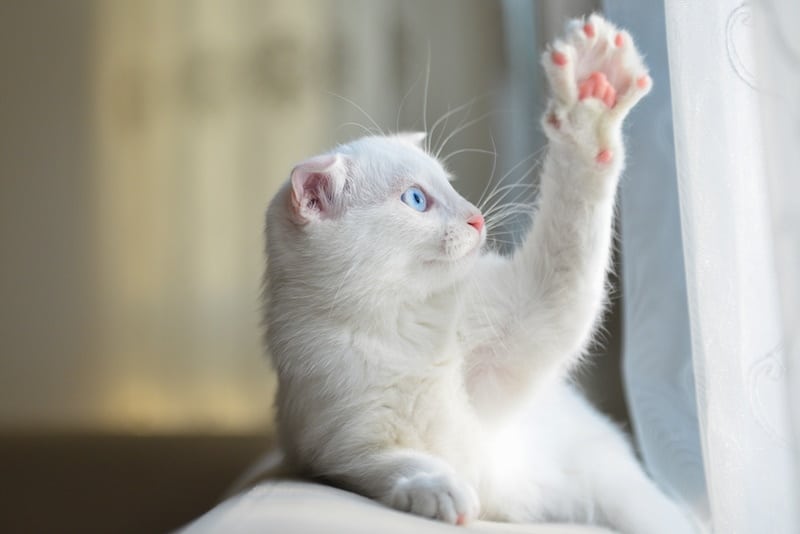
Just like people, as cats age, their bodies don’t always function as smoothly as they once did. Their skin, including the skin on their paws, can become thicker and more prone to issues like hyperkeratosis.
Finally, certain diseases can trigger this condition. It’s not just about what’s on the outside but also what’s happening inside their little bodies.
Autoimmune diseases and infections can lead to hyperkeratosis, so it’s crucial to monitor your
It’s all interconnected, and understanding these underlying health issues can provide insights into why your
Each of these reasons highlights the importance of regular vet check-ups and being proactive about your
Common Signs and Symptoms of Hyperkeratosis
When discussing hyperkeratosis in cats, especially their paws, I’ve noticed a few particularly frequent and distinctive signs and symptoms.
Firstly, the thickening of the skin on their paw pads is the most visible indicator. This isn’t just a slight change; it’s quite pronounced.
The skin looks crusty or scaly, and in some cases, you might even notice it has a somewhat spikey appearance, almost like the pads are sprouting little quills. This can be pretty startling if you’re seeing it for the first time.
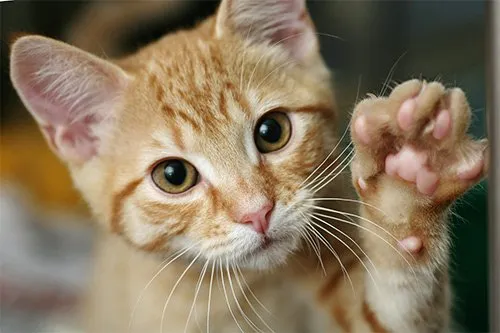
Another sign I’ve observed is excessive licking or chewing at their paws. Cats are naturally clean animals, and grooming is a big part of their routine, but when they focus intently on their paws, it could signal discomfort or pain stemming from hyperkeratosis.
Also, there’s often a change in gait or reluctance to walk on certain surfaces.
I’ve seen cats who usually have no problem jumping onto counters or scampering upstairs start to hesitate, choosing softer, more forgiving surfaces to walk on instead. It’s a subtle change but one that speaks volumes about how they’re feeling.
Finally, in more severe cases, bleeding or infection can occur in the affected areas. Cracked skin is more susceptible to bacteria and can lead to further complications if not treated properly.
It’s worth noting that while these signs are common, every
How Does Hyperkeratosis Impact Your Cat ?
If you had noticed the odd changes on your furry friend’s paw pads, you might be entirely perplexed.
You might think it’s just dry skin, but the condition can be much more alarming.
This thickening can lead to discomfort and even pain when walking. With my
The changes were just as pronounced behaviorally. The discomfort led to an increase in grooming, specifically excessive licking and chewing of the paws.
This behavior, while initially a sign of distress, can also exacerbate the condition, leading to infections if the protective barrier of the skin is compromised.
This vicious cycle of pain and irritation deeply affected her, turning my once vibrant explorer into a more lethargic companion.
Monitoring these signs was crucial for early intervention.
Prompt veterinary consultation allowed us to manage the condition with specialized treatments, including moisturizers and occasional therapeutic baths, which helped restore some normalcy to her daily activities.
But it’s essential to understand that this is a management scenario, not a cure. The focus is on improving comfort levels and maintaining paw health through regular care and observation.
How To Treat Hyperkeratosis?
The key piece of advice that I think every pet owner should heed: never attempt to trim your
It’s a gentle reminder of our responsibility to approach our pets’ health issues with both empathy and informed care.
When it comes to treating hyperkeratosis in cats, I’ve found that early intervention is key. The sooner you recognize the signs, the better your chances are at managing the condition without it escalating to something more serious.
These are some of the things that will definitely help your
Consulting a Vet
First and foremost, consult with a veterinarian. They can provide an accurate diagnosis and rule out any underlying conditions that may be causing the hyperkeratosis.
This might include running tests to check for autoimmune diseases or nutritional deficiencies that could be contributing factors.
Your vet may prescribe special ointments or recommend certain supplements to help manage the condition.
Regular Paw Care
Routine paw care can make a big difference. I’ve started incorporating gentle cleaning of my
Using a soft, moist cloth to wipe their paw pads helps remove dirt and prevent further irritation.
Applying a
 The Blissful Cat Paw Butter, Moisturizer For Dry Paw Pads
The Blissful Cat Paw Butter, Moisturizer For Dry Paw Pads
Treat your feline friend to the ultimate paw care with our Instant Relief Paw Butter, a natural and lick-safe solution enriched with Shea butter, Almond oil, and more, ensuring rapid moisturization and nourishment for dry, rough paws.
Perfect for cats of all breeds and life stages, this easy-to-apply, handcrafted balm promises visible improvement and comfort, making it an essential addition to your pet care routine.
However, it’s vital to use products specifically designed for cats since their skin can be sensitive to certain ingredients found in human or dog products.
Diet and Supplements
Incorporating omega-3 fatty acids into your
Fish oils or specially formulated
Also, consulting with your vet about dietary supplements could provide an extra boost to your
Environmental Adjustments
Finally, making some environmental changes can alleviate discomfort and promote healing.
If your
Soft bedding and minimizing exposure to rough surfaces indoors can also prevent their paw pads from worsening.
Wrapping Up
I’ve shared some essential tips on how to prevent and manage hyperkeratosis in your furry friend’s paws.
It’s all about being proactive—regular check-ups, a nutritious diet, and a pinch of tender loving care can go a long way. Remember, our cats rely on us to keep them healthy and happy.
By following these simple steps, you’re not just taking care of their paws; you’re enhancing their quality of life.
Let’s make those catwalks comfortable and keep those purrs coming!
